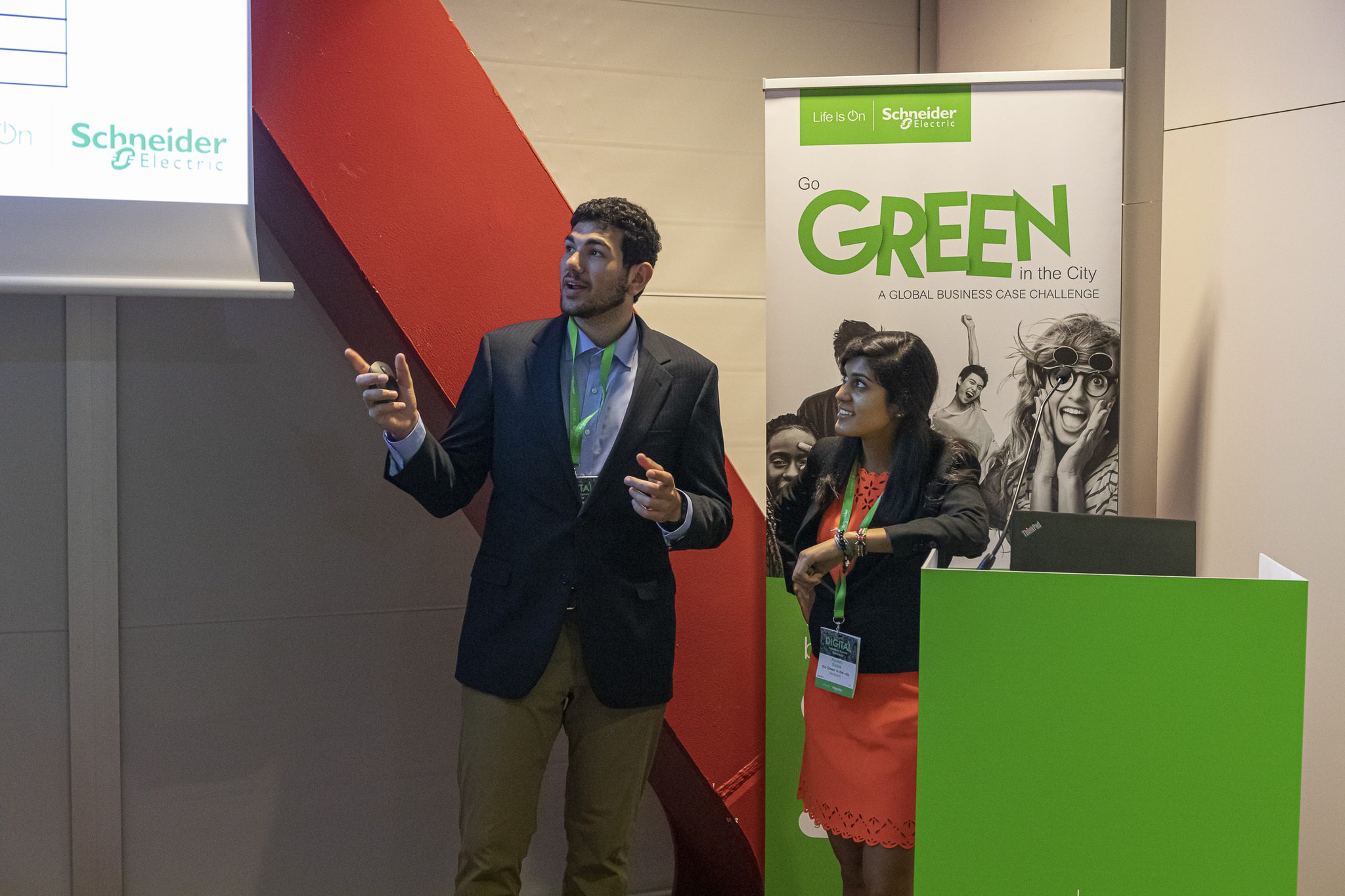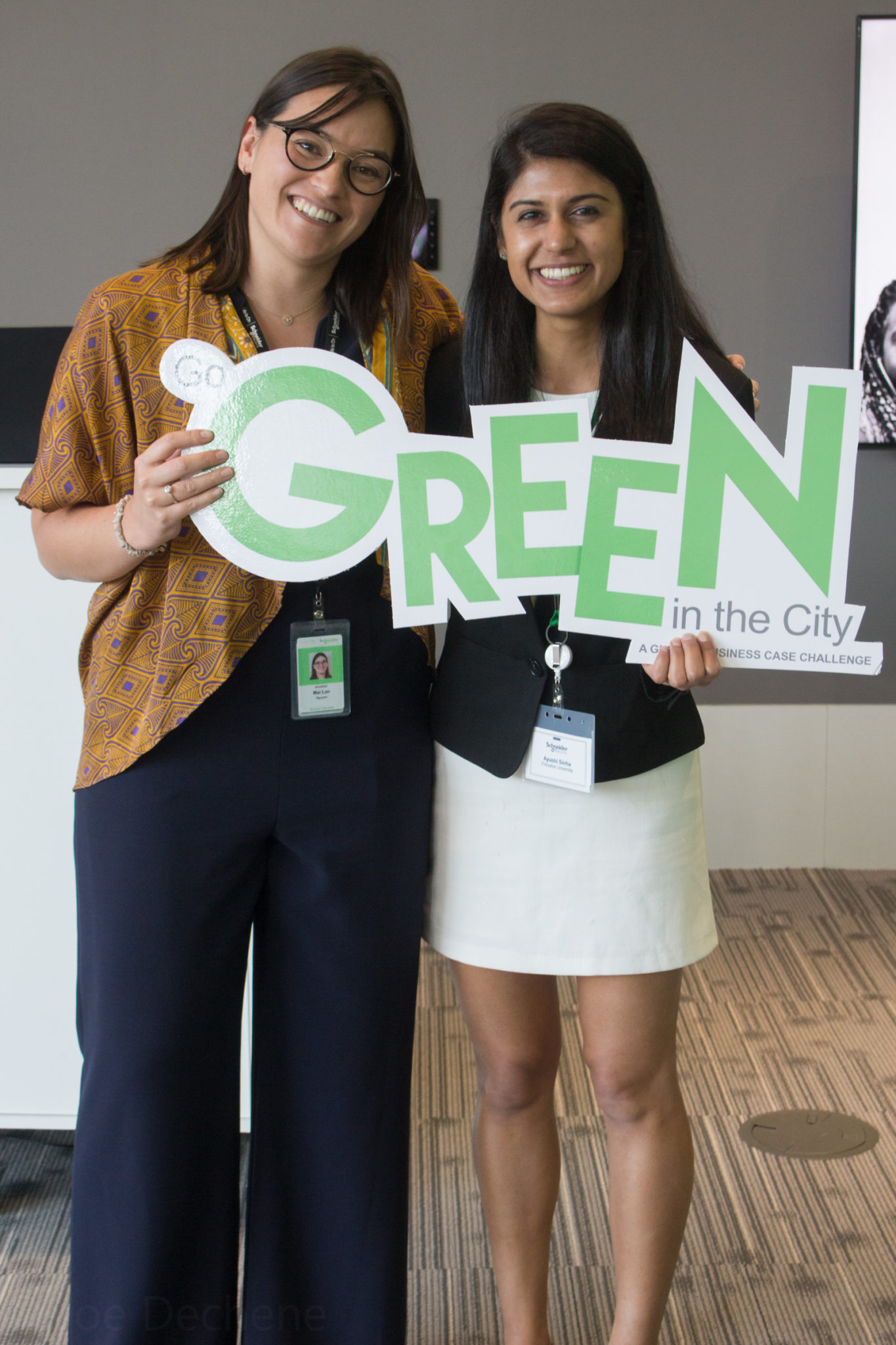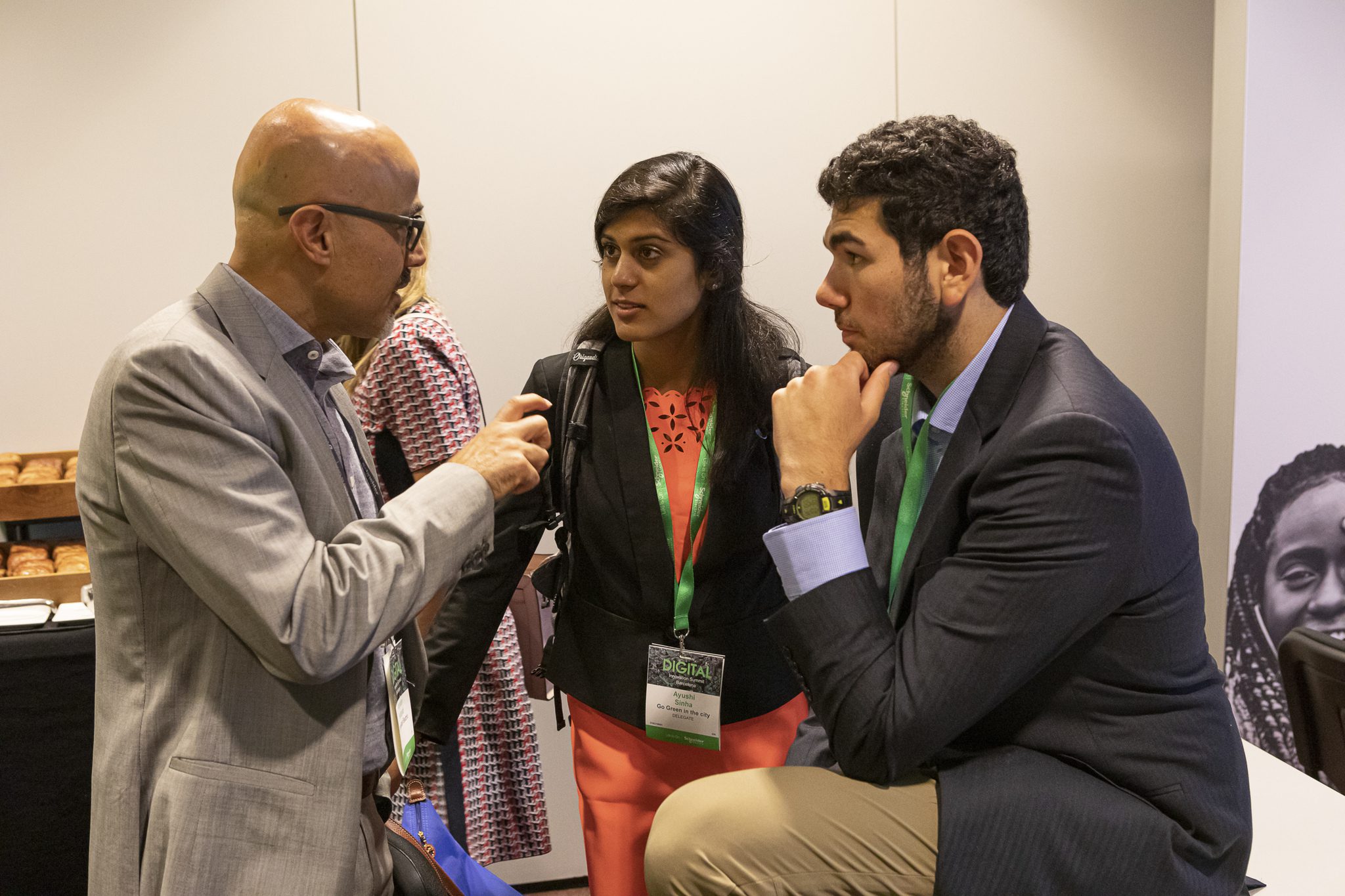Crafting a Winning Presentation: Practical Tips for Schneider Go Green
Credit to Author: Guest Blogger| Date: Wed, 08 Jan 2020 15:00:29 +0000
How to craft a winning presentation
My name is Ayushi and I would like to share a couple thoughts on how to thoughtfully craft a narrative to pitch your socially-minded startup in a pitch competition. Social entrepreneurship is a challenging area to be pitching in the first place — you’re proposing a sustainable and profitable business model to address a social issue. However, this is not quite what non-profits are looking to donate to and not quite what traditional investors are looking to invest in to get guaranteed and high returns. Therefore, it’s imperative to be thoughtful in how to craft a pitch and how you consider feedback.

Open strong
I’m a big believer in opening with an aesthetically pleasing slide and having your stronger presenter open. First impressions are (usually) important, and you want to make sure you start off on the right foot. Make sure you define what the product/solution is in the first 30 seconds. The most mundane presenter should take the financials because that’s the most mundane part of the presentation anyways.
Craft a story
Like any ethos-invoking presentation, pitching a startup is a glorified story. For a winning presentation, you need to be a compelling narrator. Be excited about what you’re pitching — show that you’re a passionate builder and that there’s no one else in the entire world who cares about this more than you do. In high school, I would start my pitches or papers by talking to myself on my daily, 45-minute commute. By structuring my pitching in this way, it flows more naturally than if I were to bullet point the entire pitch. Also, I recommend casually pitching your idea to a friend over coffee. What makes sense to them? What gets them excited? Where do they interrupt and ask questions — that indicates you’re being unclear. Then, I recommend writing down the sections on sticky notes (or blank powerpoint slides) and rearrange until the flow seems conversational. Finally, practice is key. My worst pitches are when I try memorizing a script so I try to memorize bullet points instead. Sometimes, I call my parents and often practice to them over the phone. I always practice in my floor-length mirror in my room, because I think its imperative to practice good body language. And of course, book an empty room at school and practice the entire pitch with your co-founders, like it’s the real deal.

Use a template
There are so many good powerpoint templates and other presentation applications that have done the heavy lifting of designing good presentations. Why reinvent the wheel?
Include an Executive Summary
This is a great slide to end on for the Q & A. I personally think that ending on a slide titled “Questions” doesn’t add anything of value to the judges. Plus, the executive summary gives you the option to quickly summarize what you’ve talked about thus far. If you really want to have a winning presentation, we’ve seen that printing out an executive summary and some financials for the judges to annotate is also helpful. On the other hand, we’ve seen competitors place an entire 20-page business plan in front of the judging table. I personally don’t find that helpful to the judges in the moment. You want them to be focused on your pitch and to refer back to a concise material during deliberations.
How to prepare for Q&A
My personal opinion from Schneider Go Green is that how contestants respond to Q & A is the greatest differentiating factor. Many people in the world can put together a well-structured, aesthetically pleasing presentation. But, only a handful can build a robust company, and how well you know the problem space and your implementation of a solution is best shown in the Q & A. Yes, the open-ended nature of Q & A might be intimidating, but I like to think about it as the Q & A gives us the opportunity to show how much we know about all the intricacies of our company. This is also a great place to talk about trade-offs/design decisions and discuss more detailed financials.
My co-founders and I typically put together a list of at least 20 questions that we think the judges could ask. It forces us to put ourselves in the judge’s shoes. After doing this exercise, include an appendix with additional information that you think the judges may ask about. It shows that you’re prepared and that you’ve personalized the presentation for them.
Also, it’s always best to assume that the judges have no prior knowledge of the problem you are addressing. Making jumps based on the knowledge you assume they know can result in judges being confused about your presentation as a whole.
Finally, some people present and purposefully leave out a really important point, thinking that judges will ask about that during the Q&A. The idea is to set yourself up to look really good in answer the question. However, I strongly recommend against this practice because there is a non-zero probability that they do not ask about that point, and if you think anything is imperative for understanding your pitch, then definitely include it in the main presentation.

How to constructively respond to feedback from judges
First, ask a fellow contestant to record your pitch and Q&A. This way, you can focus on presenting and being the moment when on stage, rather than trying to remember what worked well and what fell flat for later. Reviewing old videos is a tactic that actors and professional speakers use to improve, so why wouldn’t you as well? Plus, the judges at the finals of Schneider Go Green in North America asked specific and insightful questions. I wouldn’t worry about writing down their questions to dissect later, rather focus on giving a solid response in the moment and then go back and review what questions were asked. Questions often indicate a lack of clarity or a priority (e.g. one judge asked about specific unit economics, which suggested that financial feasibility was an important consideration for the judging panel)
Schneider Go Green 2020
Now that you have all these great tips for a winning presentation, it’s time to register your team and idea and get prepared for Schneider Go Green 2020! You still have time to register, so check out the website for more information and to sign up: www.gogreen.se.com. Be sure to look at your region’s specific timeline! The global finals are in Las Vegas this year, and you definitely don’t want to miss out! Your prize if you win the global finals? A trip to Boston to visit MIT, Greentown Labs and more!
About the Author
 Ayushi Sinha is a 2019 global finalist of Schneider Go Green from North America. Her team, WellPower, submitted their bold idea of upcycling old and damaged solar panels and car batteries and had a winning presentation in the North America region. WellPower is a solar-powered water purifier that also can be used as a power source in remote communities. She is a computer science student at Princeton University.
Ayushi Sinha is a 2019 global finalist of Schneider Go Green from North America. Her team, WellPower, submitted their bold idea of upcycling old and damaged solar panels and car batteries and had a winning presentation in the North America region. WellPower is a solar-powered water purifier that also can be used as a power source in remote communities. She is a computer science student at Princeton University.
The post Crafting a Winning Presentation: Practical Tips for Schneider Go Green appeared first on Schneider Electric Blog.